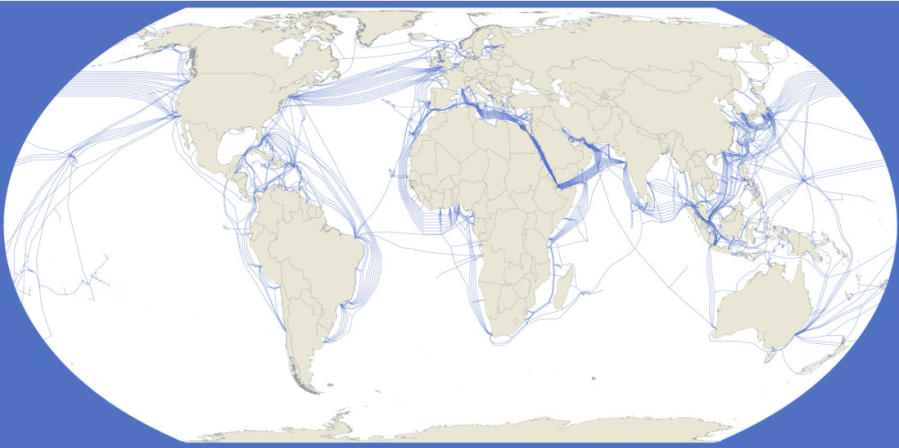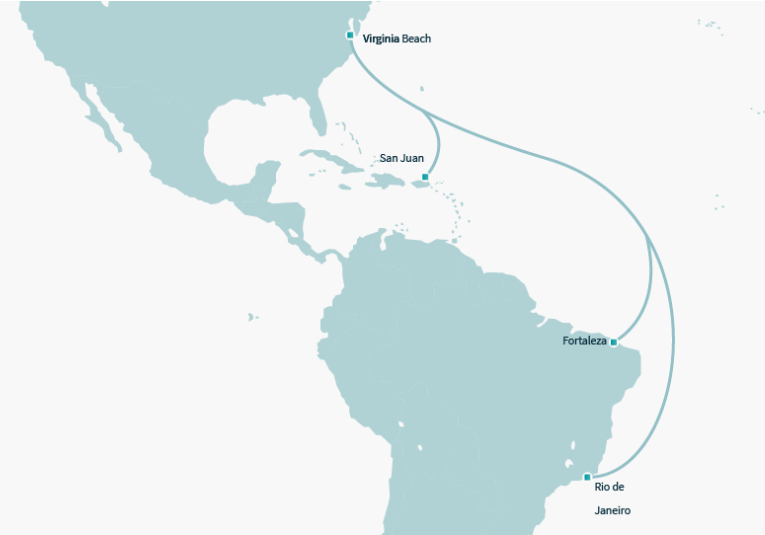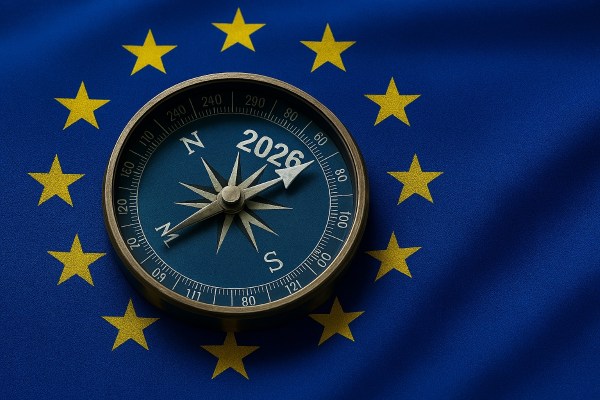More than 99% of the world´s communications, from simple phone calls to complex international financial transactions, are carried by submarine cables. Stretching millions of kilometres under the ocean, these systems are the backbone of our digital economy. Without them, we would not be able to enjoy services such as streaming movies, cloud computing or global e-commerce.
Companies such as Telxius, a subsidiary of Telefónica, operate some of the world’s most advanced networks, including MAREA and BRUSA, which connect the Americas and Europe with record data transmission capacity.

The life cycle of a submarine cable
The design, installation, operation and maintenance of a submarine cable is a monumental undertaking that can span 25 to 30 years. From the selection of suppliers, through installation in the sea and on beaches, to maintenance and eventual decommissioning, each stage presents logistical, technical and regulatory challenges.
For example, projects such as MAREA, a 6,600 km cable connecting Spain to the United States, required the coordination of approvals from multiple administrations on both sides of the Atlantic, a task that took several years to complete before it became operational.
Regulatory challenges: an administrative labyrinth
Despite their strategic relevance, submarine cables face a complex and sometimes inefficient regulatory framework. Each phase of a cable’s lifecycle requires specific authorisations involving different levels of government:
- Installation authorizations: Authorisations to deploy cables in territorial waters and exclusive economic zones are usually issued by national and regional administrations. In some cases, technical ignorance and bureaucratic complexity can lead to long delays.
- Repairs: In territorial waters, all repairs require a special permit, sometimes involving the payment of onerous bonds for repair vessels. This can mean weeks of waiting before service can be restored.
- Variability in requirements: Regulatory frameworks often change over time, introducing new documentation requirements, particularly in environmental matters.
- Mandatory local company hiring: In some countries, it is required to hire local companies for tasks related to the installation, repair, or removal of submarine cable systems. This requirement is incompatible with the high level of specialization in the submarine cable industry, which relies on internationally experienced companies with proven expertise to perform the necessary work. It often forces the ad hoc hiring of local companies that lack the expertise needed for these specialized tasks.
The impact of delays and associated costs
The complexity of installation authorizations affects not only timelines, but also the economic viability of projects. According to industry estimates, delays in obtaining permits can increase costs especially if they involve the stoppage of specialised vessels costing tens of thousands of euros per day.
In the case of MAREA, efficient permit management was key to completing the project in record time and positioning it as one of the fastest cables in the world, with a transmission capacity of 200 Tbps.
The strategic role of submarine cables
Beyond telecommunications, submarine cables are an essential element of countries’ economic competitiveness and national security. Their ability to move data at unrivalled speeds has been key to enabling critical services, from international banking to digital trading platforms.
In countries such as Brazil, the deployment of the BRUSA cable has improved connectivity with the United States, attracting technology investment and strengthening the country’s position in the digital economy.

The Celia consortium, which includes Telxius, has announced a new project to install a state-of-the-art submarine cable connecting the Caribbean with the United States. With a length of more than 3,700 km, this cable will be operational in the third quarter of 2027, strengthening regional connectivity and consolidating the transatlantic digital ecosystem.
Recommendations for an efficient regulatory framework
From the industry, Telefónica and Telxius have promoted proposals to overcome these regulatory challenges and maximise the potential of submarine cables.
- Regulatory stability: It is crucial to establish clear and consistent legal frameworks that remain stable throughout the life cycle of a cable. This would avoid regulatory surprises that make projects more expensive or delay them.
- Dedicated one-stop-shops: the designation of a central authority to manage all permits, with staff trained in submarine cables, would greatly simplify administrative processes.
- Awareness raising and training: Raising awareness of the strategic importance of submarine cables among political and technical decision-makers could speed up procedures and reduce the misperception of submarine cables as mere civil infrastructure.
Progress in Europe: a model to follow
By working with bodies such as BEREC and the European Commission, Telefónica has contributed to the issuing of key recommendations to Member States. These include digitising and streamlining permits, and designating coordinating authorities to act as single points of contact. This proposal, adopted in part by countries such as Portugal, has begun to reduce installation and repair times, improving Europe’s competitiveness in the global arena.
Looking to the future
As the demand for data continues to grow, submarine cables will remain a critical infrastructure to ensure global connectivity.
Projects such as Tikal, which extends network coverage into Mexico, are an example of Telxius’ commitment to expanding connectivity.
However, the success of these efforts depends largely on public policies that encourage cooperation between operators and governments. This is the only way to build a robust and resilient connectivity ecosystem capable of meeting the demands of the digital future.








